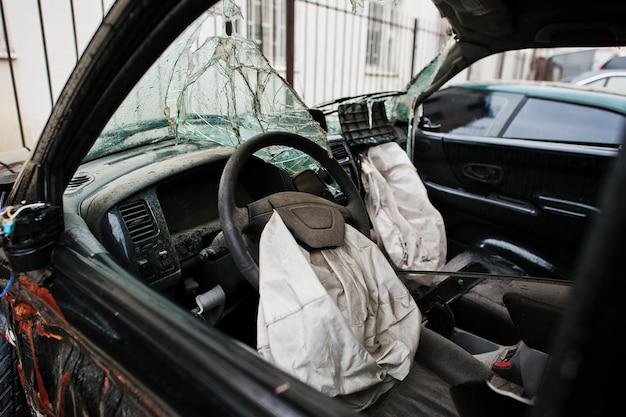The US’s high population reflects the increasing number of accident cases. There has been a 16% increase in the number of fatal car accidents. To speak in numbers, what was 36,835 fatal car accidents in 2018 has jumped to 42,795 in 2022.
Experienced car collision lawyers can help file compensation claims after car crashes. Hiring an experienced attorney is important, considering how complex and frustrating car crash cases can be. The lawyers can evaluate the vehicle’s safety features, such as airbags.
Keep reading to learn how airbags prevent drivers from suffering severe head injuries.
Types of Airbags
Vehicle brands are continuously inventing new forms of car airbags. However, the most common and primary airbag types include:
- Frontal airbags
- Side airbags
As in their names, they’re found in distinct sections of the vehicle, serving different functionalities when protecting drivers’ heads from injuries.
How Frontal Airbags Protect Drivers
Frontal airbags are the most useful of the two. They mainly protect your upper body, including the head, helping to partially or fully minimize impending injuries.
United States road and safety laws state that frontal airbags are a must in every vehicle. True to that, they have significantly contributed to reducing accident fatalities, preventing 29% of driver deaths and injuries.
Minimizes Brain Trauma from Rapid Forward Movement
Rapid forward movement from a car crash leads to abnormal head motions, usually leading to brain shaking. This can result in traumatic brain injury (TBI), which, depending on the impact, can result in different conditions, such as:
- Brain bruising
- Internal bleeding
- Brain cell damage
- Torn tissues
A quality airbag will minimize the sudden movement, thus avoiding the above effects. However, victims should seek medical attention after surviving through the airbag. Brain injuries might take a while to show, causing future health issues that could have been avoided.
Cushions Impact with Vehicle’s Parts and Surfaces
You’re bound to hit the car’s steering during an accident. An airbag that promptly deploys after significant collisions acts as a barrier between your head and the rear vehicle sections and parts like the dashboard, steering wheel, and windshield. This can lead to physical injuries, brain trauma, and potential long-term scars.
Unfortunately, airbags can be damaged during severe accidents. However, the initial deployment of the frontal airbag is enough to cushion the driver from injuries equal to the initial shock.
Covers Victims from Crash Debris
A driver can benefit from a deployed airbag, especially when a car repeatedly rolls over. It protects them from accident debris, such as shattered windshield shards and any other nearby and damaged vehicle parts.
However, some parts, especially metallic bits, can pierce through and potentially injure the driver. Ensuring your airbag is of the right quality guarantees that most materials can’t be easily pierced through, even after the safety feature is deflated during an accident.

How Side Airbags Protect Drivers
Due to the unpredictable nature of accidents, side airbags are pre-installed in newer vehicle models. If you own an older model, you can install it for a fee and protect yourself from the following possible situations.
Cushions Head Collision with Side Parts
A rolling car or impact from a t-bone collision can lead to your head’s rapid contact with side parts like the window or vehicle’s body. Both are capable of serious head damage from:
- A broken car door window can cause cuts, leading to excessive bleeding.
- Meanwhile, rapid or repeated hitting of the vehicle’s side part can cause issues like concussion and long-term physical damage from deep cuts.
Conclusion
Car enthusiasts can expect more improvements on frontal and side airbags. Remember, the safety system is designed to protect belted drivers. Therefore, wearing your seatbelt is crucial to benefiting from an airbag deployment in case of an accident. Also, ensure your vehicle has quality frontal and side airbags that are correctly installed.
